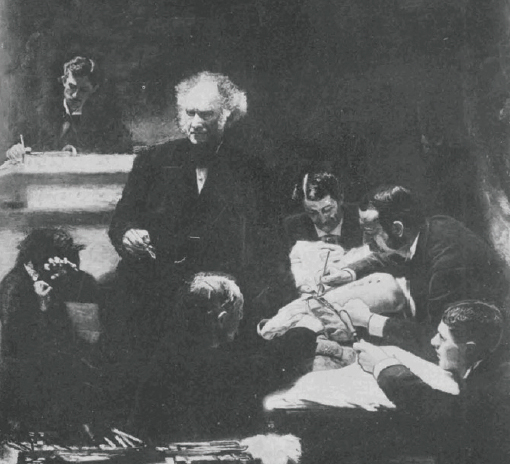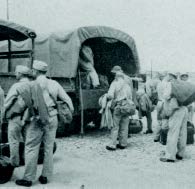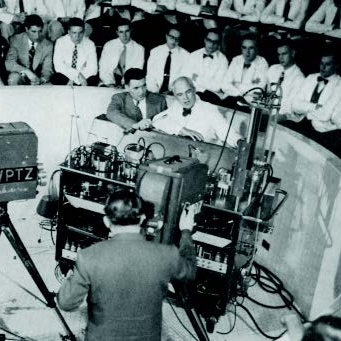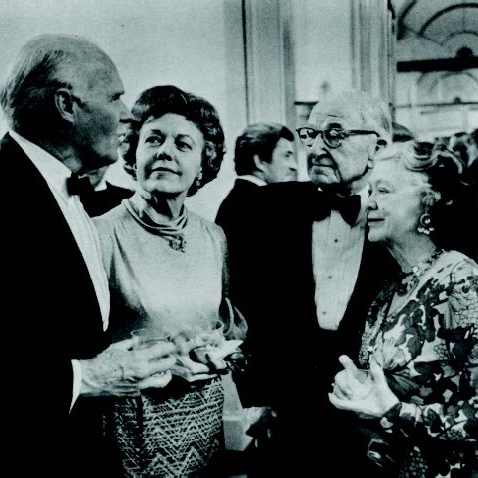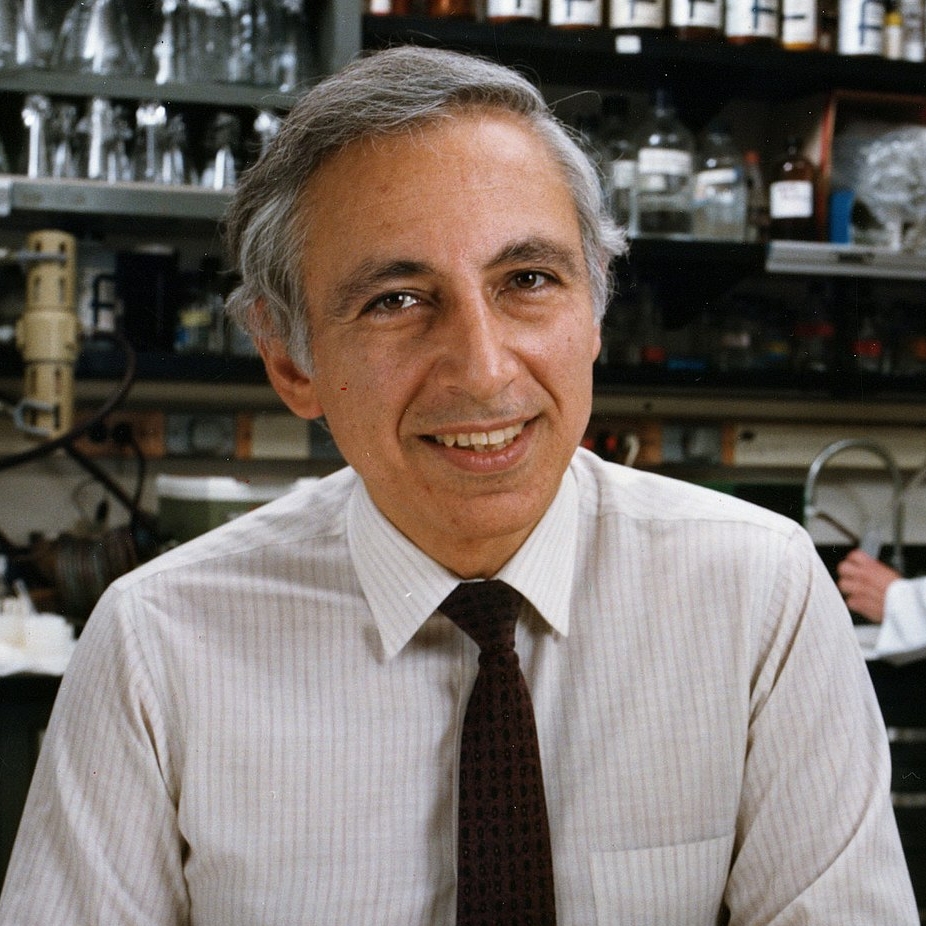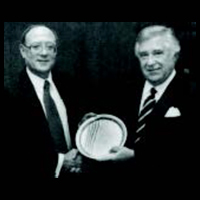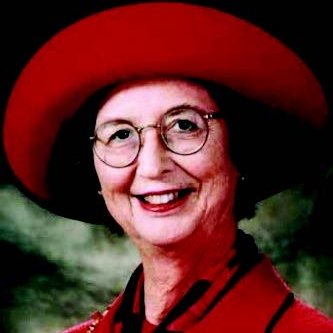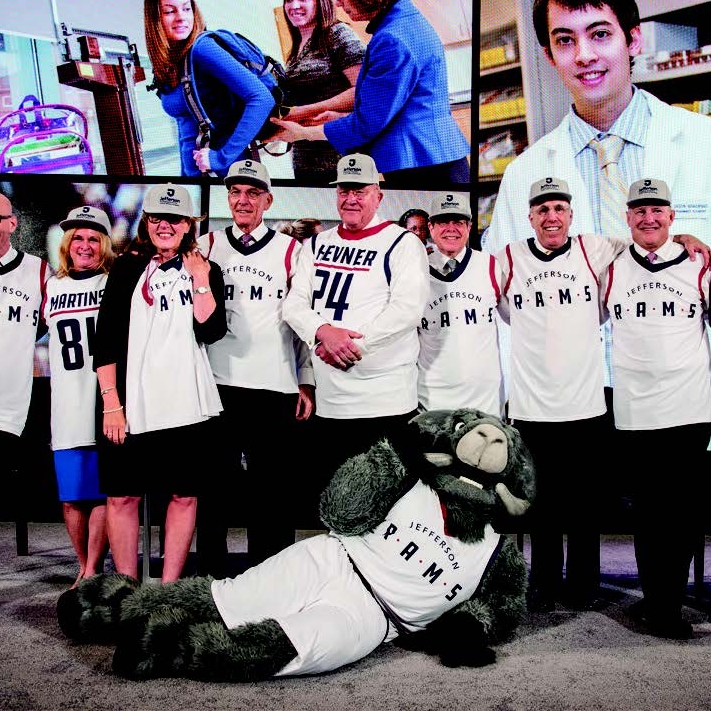Bulletin Spotlight, Vol. 65 No. 2; Fall 2017, Pages 9–11
The New Jefferson
On July 1, 2017, Thomas Jefferson University and Philadelphia University combined to create a different kind of comprehensive university. The new, transformed Jefferson (Philadelphia University + Thomas Jefferson University) promised to deliver hands-on, transdisciplinary, interprofessional education in medicine, nursing, health professions, science, architecture, design, fashion, textiles, business, engineering, and more, all grounded in the liberal arts.
2010s
Nearing the end of the 2010s, a special edition of the Bulletin reflected on the 10-year (and counting) tenure of Mark L. Tykocinski, MD, as the Anthony F. and Gertrude M. DePalma Dean.
“My decade at Jefferson,” Dr. Tykocinski wrote, “has been quite a ride.”
He was being modest: It was more like a 37-million-horsepower space shuttle launch. Or rather, launches, because big change came rapidly and often.
As Jefferson raced toward its third century, the school and health system continued to reinvent—to reimagine—itself. In a 2014 interview with the Bulletin, newly appointed president and CEO Stephen Klasko, MD, MBA, promised that in five years, Jefferson wouldn’t look the same. He was right.
The boutique health science university acquired the design-focused Philadelphia University to become a two-campus, professions-based, R2 university. The three-hospital health system mushroomed into an 18-hospital regional health powerhouse. The medical college curriculum was completely redesigned. Two landmark gifts—$110 million in 2014 and $70 million in 2019—from Caroline and Sidney Kimmel would name the medical college and a new research facility, respectively.
The Bulletin chronicled these big moments, yet what stands out during the decade are the stories devoted to the art and humanity of being a physician. Articles examined issues like the importance of empathy (summer 2011), the art of diagnosis (spring 2012), what happens when doctors need to go to the doctor (winter 2014), and the strain of physician burnout (summer 2018). Profiles revealed alumni, students, and faculty who embraced art—from dancers (Carrie Walsh, MD ’20) to painters (Gerald Marks, MD ’49) to singers (the “Testostertones” and the “Arrhythmias”), and more.
In putting the experience of practicing medicine front and center in its reporting, the Bulletin returned to where it started: a publication in praise of a uniquely “Jeffersonian” philosophy of how to train—and be—a good physician.
